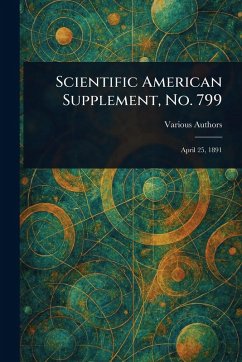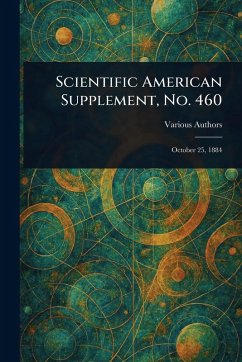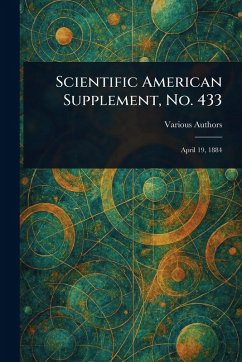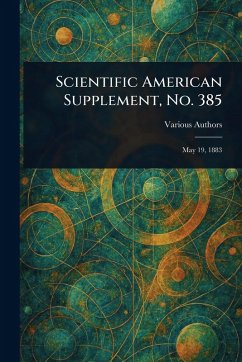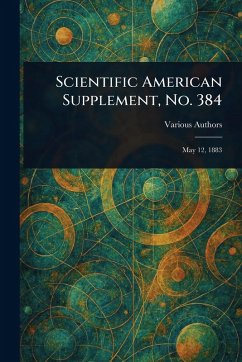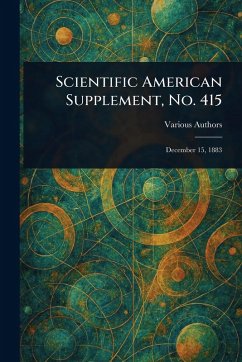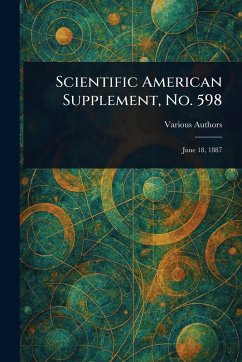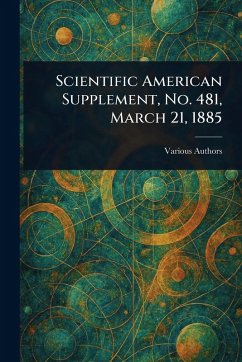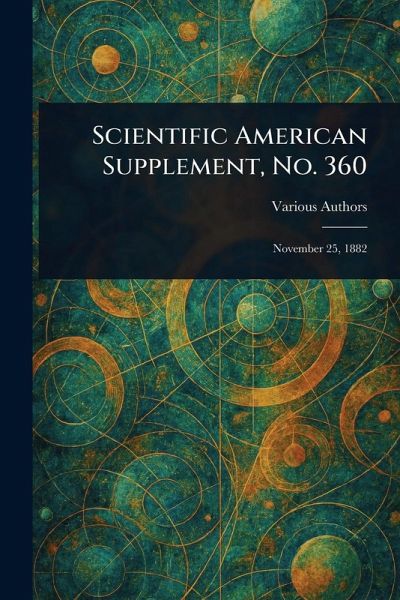
Scientific American Supplement, No. 360

PAYBACK Punkte
9 °P sammeln!
Step back in time with "Scientific American Supplement No. 360, November 25, 1882," a fascinating window into the scientific and technological landscape of the late 19th century. This meticulously reproduced periodical offers a captivating glimpse into the inventions and scientific developments that shaped the era. Explore articles covering a diverse range of topics, reflecting the cutting-edge science of its day. Compiled from various contributors and originally published as a supplement to Scientific American, this collection provides invaluable insight into the history of science and techno...
Step back in time with "Scientific American Supplement No. 360, November 25, 1882," a fascinating window into the scientific and technological landscape of the late 19th century. This meticulously reproduced periodical offers a captivating glimpse into the inventions and scientific developments that shaped the era. Explore articles covering a diverse range of topics, reflecting the cutting-edge science of its day. Compiled from various contributors and originally published as a supplement to Scientific American, this collection provides invaluable insight into the history of science and technology. Delve into the general science of the period, and discover perspectives on subjects still relevant today. A treasure trove for enthusiasts of scientific history and technological progress, this republication preserves a unique historical record for all who are interested in the evolution of scientific thought and innovation. This work has been selected by scholars as being culturally important, and is part of the knowledge base of civilization as we know it. This work is in the public domain in the United States of America, and possibly other nations. Within the United States, you may freely copy and distribute this work, as no entity (individual or corporate) has a copyright on the body of the work. Scholars believe, and we concur, that this work is important enough to be preserved, reproduced, and made generally available to the public. We appreciate your support of the preservation process, and thank you for being an important part of keeping this knowledge alive and relevant.





